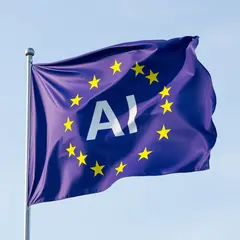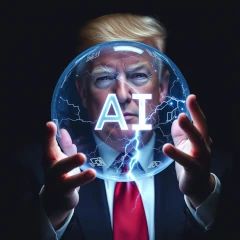
EU AI Act Implementation: Consultation Process and Code of Practice
The European Union is taking significant steps to implement the AI Act, launching targeted stakeholder consultations and developing a Code of Practice for general-purpose AI models. Key focus areas include transparency requirements, risk assessment, and safety frameworks for powerful AI models. The consultation process, open until December 11, 2024, seeks input from various stakeholders to refine guidelines and ensure effective regulation. While the AI Act aims to balance innovation with human rights protection, concerns persist regarding potential loopholes in AI technology exports. This comprehensive approach reflects the EU’s commitment to responsible AI development and deployment, with implications for businesses, citizens, and AI developers worldwide.



